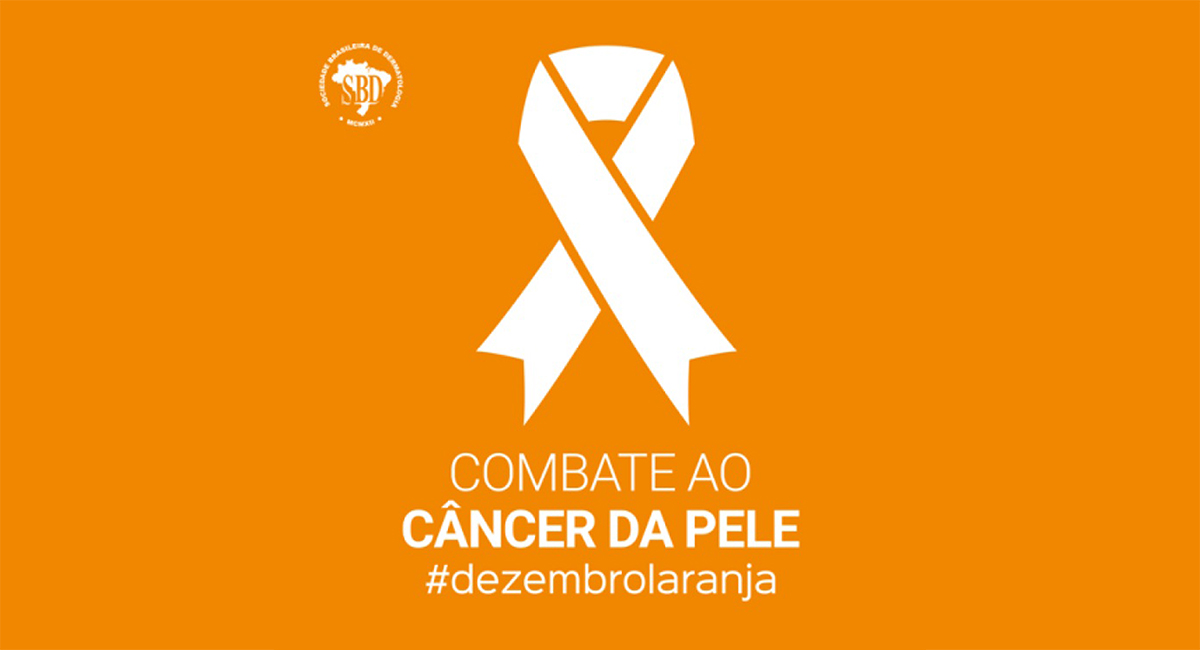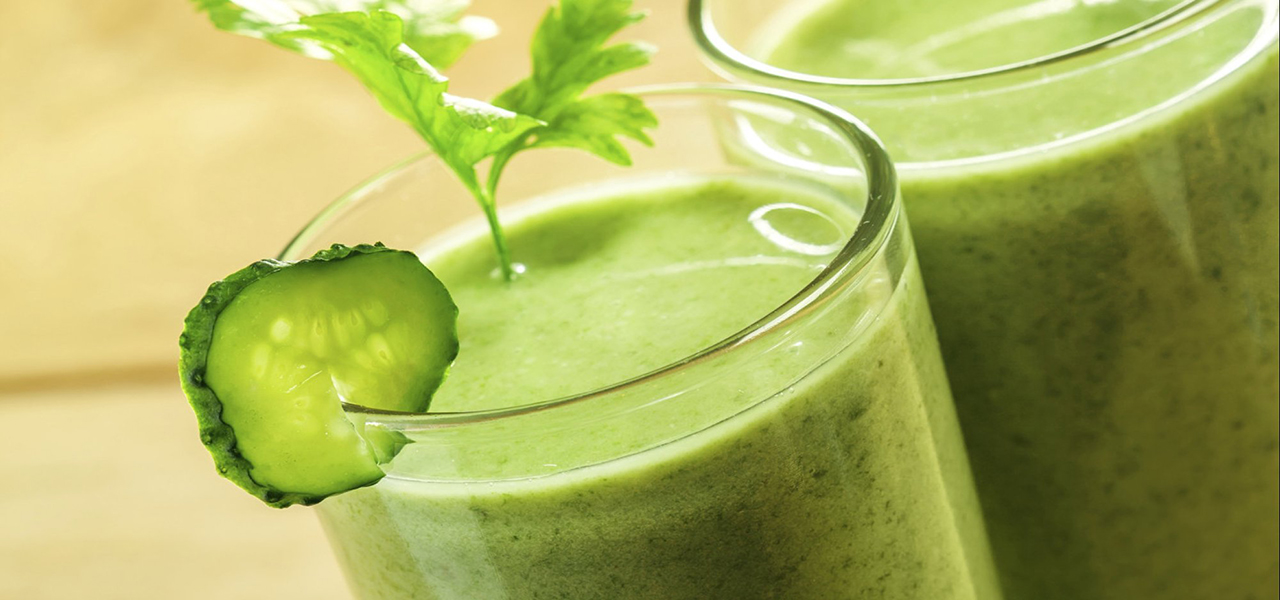The Brazilian Society of Dermatology, SBD, for the third consecutive year, “colors” Brazil in Orange. This color symbolizes engagement and awareness about skin cancer prevention.
According to Emerson Lima, coordinator of the National Campaign for the Prevention and Fight against Skin Cancer of SBD, “an early diagnosis is fundamental for treatment success. The Orange December reinforces the need for photoprotective actions that are easy to carry out in the Brazilian daily life, in order to curb the alarming rise of the disease.”
At the launching of the December Orange campaign, a 2016 survey was presented by the Brazilian Society of Dermatology along with the research institute DataFolha. The photoprotection habits of 2069 Brazilians were carried out in 130 municipalities, between August 23 and 27. The survey brings some disturbing data, I will name a few.
MORE THAN 4 MILLION BRAZILIANS HAVE ALREADY HAD SKIN CANCER.
Over 100 million (106 million, more precisely) of Brazilians intentionally expose themselves to the sun in leisure activities, 70% of the population over 16 years old.
63% of Brazilians do not use sunscreen in their daily lives, that is, more than 95 million Brazilians do not protect themselves on a regular basis.
6 million adult Brazilian (more than 4% of the population) are not protected at all when they are at the beaches, swimming pools, waterfalls, or when taking river lake baths.
Regarding the worker’s sun protection, 60% do not receive any type of protection from their companies.
Of those interviewed who have children up to 15 years of age, 20% of these children and adolescents do not protect themselves in any way during leisure activities. If the analysis includes the classes D and E classes, this percentage rises to 35%.
Data from the National Cancer Institute José Alencar Gomes da Silva (INCA) estimate that, in 2016, about 176 thousand new cases of non-melanoma skin cancer will be diagnosed in Brazil. The main types that will occur in the country will be, in order of incidence, the non-melanoma skin (for both sexes), the prostate and the breast types.
The World Health Organization (WHO) predicts that by the year 2030 there will be 27 million new cases of cancer, 17 million deaths from the disease and 75 million people living with cancer. The greatest effect of this increase will be on developing countries. In Brazil, cancer is already the second leading cause of death from diseases, behind only those of the circulatory system.
The motivations for the Solar Exhibition are related to the idea of health and beauty. 11% of people mistakenly believe that exposure to the sun should be a source of Vitamin D. And another detail: we chose the worst time for sun exposure. Of the 58% who are exposed at inappropriate times, 44% report sun exposition from 10 am to 3 pm, and 14%, all day long.
According to Dr. Gabriel Gontijo, President of the Brazilian Society of Dermatology, “the harmful effects of the sun, whether on the health of the skin or on aging, are directly related to the intensity of sun exposure since childhood, being cumulative and irreversible. Therefore, prevention starts early in childhood!
Embrace that cause! Spread the word about it. Enter the site: www.controleosol.com.br to get informed and consult, once a year, a Dermatologist of the Brazilian Society of Dermatology.
So let’s go! Wear hat, sunglasses, T-shirt, sunscreen daily, and avoid the sun between 10am and 4pm. We’re in it together!!
#DEZEMBROLANANJA










